Learn how to break into your house or office. A handy Guide.
You have been locked inside your office, house, changing room or anywhere you think you can get locked inside. It is a terrifying situation, isn’t it? I know it is. Now let’s say your mobile is inside the room. How will you call for help? Will you wait for someone to help you or will you try to get out immediately? This guide will help you know how to get out of such a situation.
Approach #1 – Through a Window
1 – Break in through an open window.
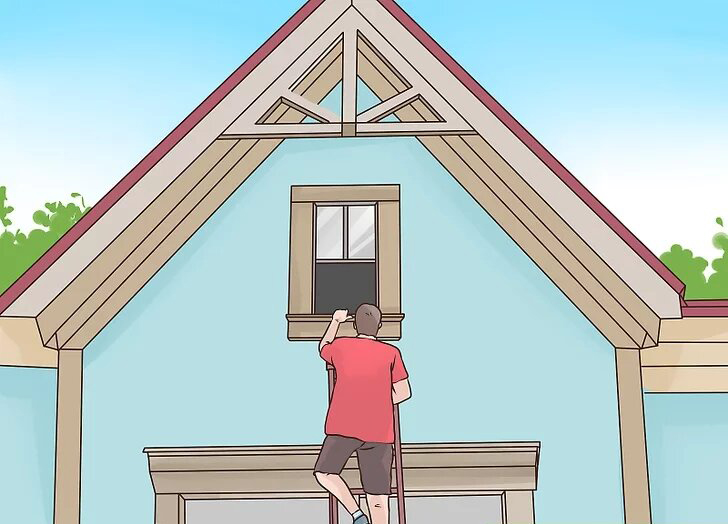
The easiest and safest windows are on the first storey, but they are also the most likely to be locked. You’ll have a higher chance of locating an open window on the second level, but be careful: you don’t want to fall!
If you don’t have access to a ladder, you’ll have to get inventive to reach a second-story window. Is there a fire escape nearby that you could use? Is that a trellis? Is it a tree? Before climbing, ensure sure anything you’re using is stable.
- If your casement windows (side-hinged windows) aren’t locked, you might be able to pry them open with your fingers or a tiny tool.
2 – Borrow a screwdriver from a neighbor.
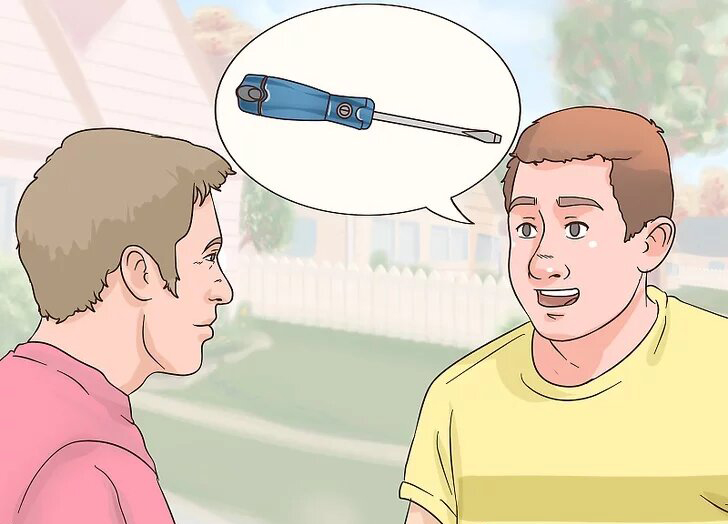
You are not need to be bashful or humiliated. Most people have a tale of locking themselves out, so they’ll understand your problem.
- It’s recommended to use a flathead screwdriver, but if you’re given a Phillips head (cross slot) screwdriver, try it anyhow.
- This method can be used to pry open or remove partially open door windows. You might be able to reach inside and open the lock through even a little crack.
3 – Remove the beading from the window.
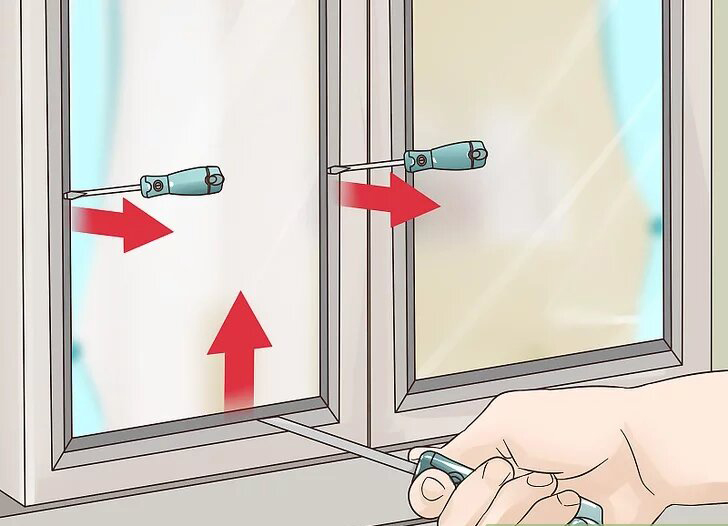
The plastic or metal band around the window frame is known as beading. Insert your screwdriver into one of the corners of the beading channel and pry it out a little at a time. Work your way around to the other side of the room. Pull the beading free with your hands once it has been totally loosened.
- Check the window’s corner to see if the vertical (up and down) beading overlaps the horizontal beading (left and right). First, remove the overlapping beading.
- Removing the beading may cause it to distort. Beading can be rather costly in some circumstances. Before attempting admission in this manner, keep this in mind.
- You might be able to leave the beading in place and still get the window open depending on your situation. Beading may or may not be present in some windows.
4 – Remove the bottom window pane and pry it open.
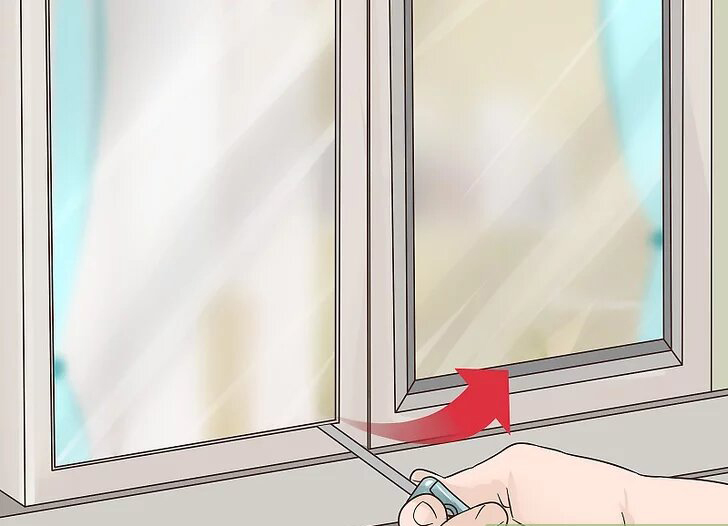
Place your screwdriver in the gap between the glass and the frame. To peel the glass out of its mounting, use light force while pushing your tool in between the mounting and the glass. The window should be quite simple to remove.
5 – Remove the pane of glass from the window.
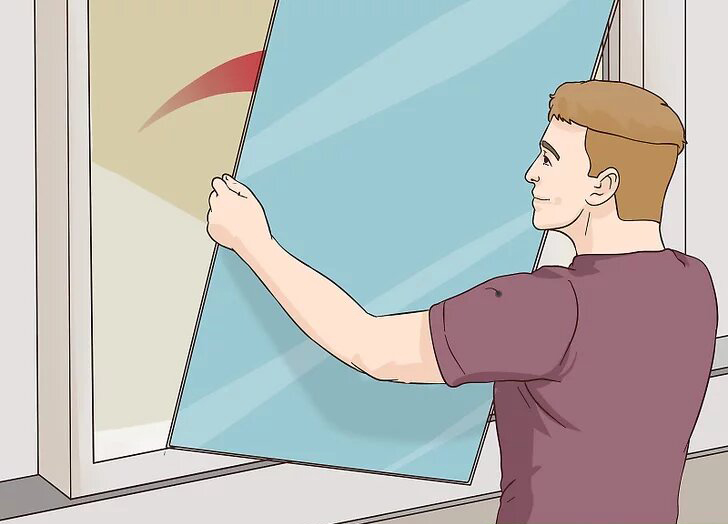
With your free hand, support the glass so it doesn’t fall and shatter as it comes free. Slide the glass out of the frame, set it to the side, and enter your home through the open window.
- Attempt to reach a set of keys, the lock, or the door handle if your window has only partially popped free of the mounting.
- Be extremely cautious if there is any shattered glass. It’s possible that jagged glass is sharper than you believe.
- If you have a deep cut, treat it as best you can and seek medical attention if necessary.
Approach #2 – With a Bank Card
1 – Examine the lock.
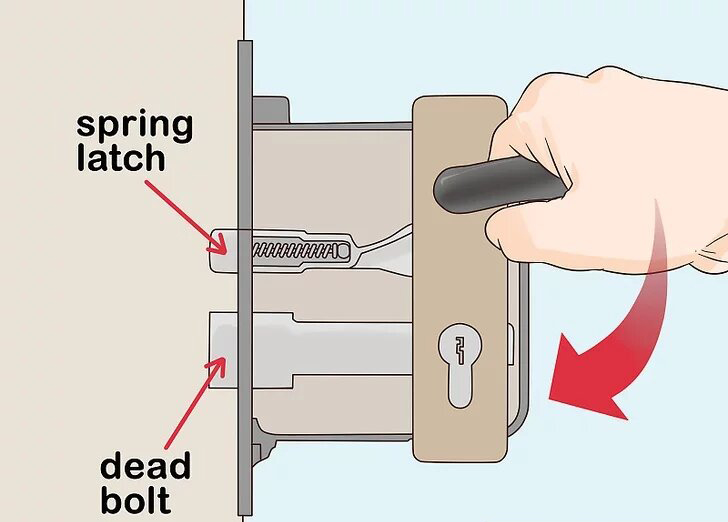
Only a spring clasp will work with the card technique. Spring latches are those that move along with the handle as it is turned. Make sure the spring lock is engaged by turning the handle. It’s locked if it doesn’t turn.
- Dead bolts are frequently found above or below the handle. If the handle moves but the door does not open, the dead bolt is locked and you must use another way. [6]
- Modern locks are meant to be less vulnerable to unlocking using a plastic card, thus this method is unlikely to succeed.
2 – To open the lock, choose an unnecessary plastic card.
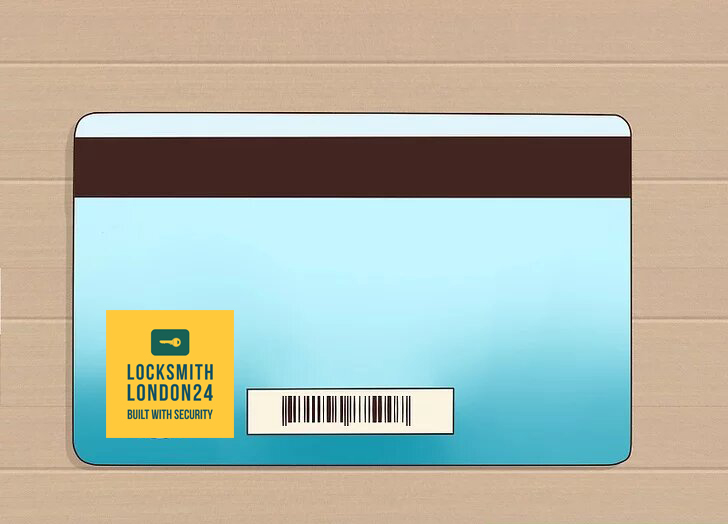
When using a plastic card to access a door, the card may be damaged. As a result, you should avoid using credit cards or other critical or often used cards. Replacing a library card or a point card will be less of a hassle.
- The best cards are those that are laminated. These cards are pliable and can be readily put between the door and its frame.
3 – In the area between the door and the frame, wedge the card.
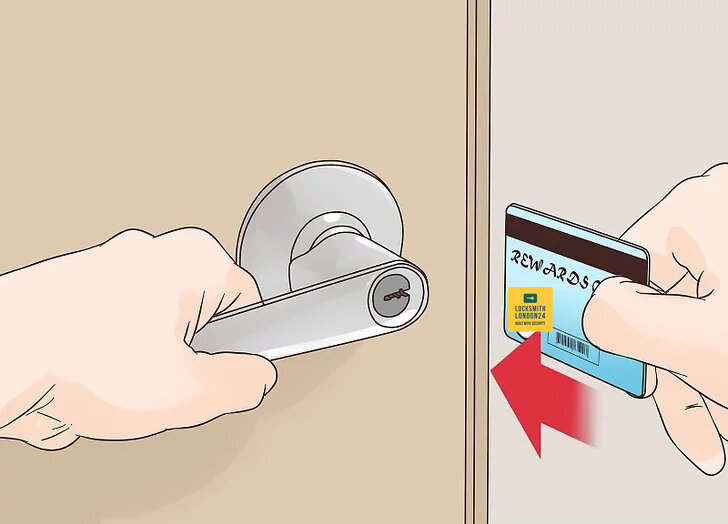
With your non-dominant hand, press on the door with moderate power. This will allow you to insert your card more easily because there will be more room between the door and the frame. On a downward angle, work your card into the gap slightly above the doorknob.
- There will be less room between the door and the frame if the frame has moulding, making this technique more challenging. In these situations, you may want to use a different way to avoid causing costly harm.
4 – With your card, locate the lock mechanism.
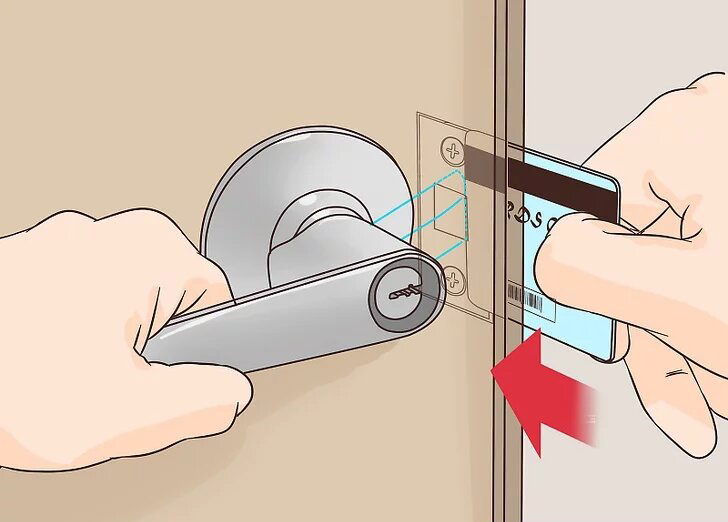
Isn’t your card jammed between the door and the frame? Wiggle it deeper into the gap between the doorknob and the doorjamb until resistance is encountered. This is the lock mechanism, which must be pushed back in order to disengage.
- Feel about a little with the bottom corner of your card. You should be able to feel the angled portion of the latch facing you.
- You’ll need to put a long piece of plastic under the latch to work it from the angled side if the sloped side isn’t facing you.
5 – To disengage the lock and open the door, use the card to lever it open.

To apply more pressure to the latch, move the card farther from the knob. You won’t be able to totally remove the latch this way, but if you feel it begin to give, push on the door and it should open.
- This may necessitate some manoeuvring. Experiment with several positions until you discover one that gives the card the best grip on the lock mechanism.
- Although disengaging the latch with your free hand may not be essential for some latches, it may help open the door if you turn the knob softly with your free hand.
Approach #3 – By Removing the Doorknob or Door
1 – Put your hands on the tools.
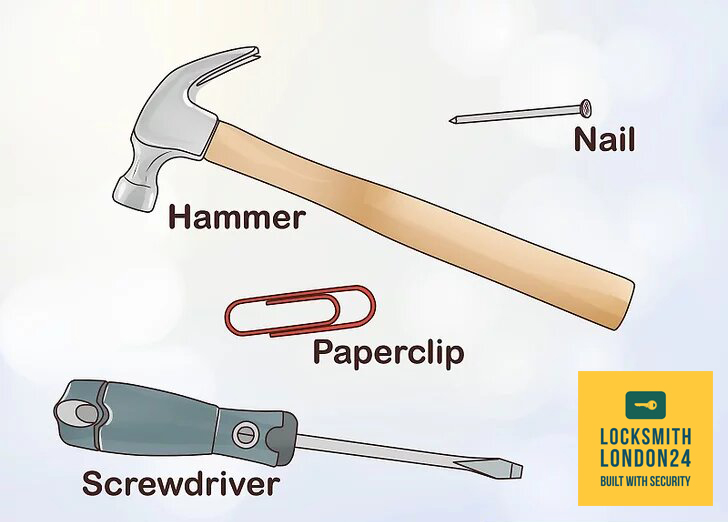
A lock can be disengaged manually by disassembling the knob, and even the best locks won’t keep you out if the door is off its hinges. A screwdriver or paperclip will be required for doorknobs, while a nail and a pounding implement, such as a hammer or rock, will be required for hinges.
- Borrow these items from a friend or raid your tool shed for them. You might have some emergency tools in your car if it’s open.
- The type of screwdriver you’ll need will be determined by the type of door you’ve got. Phillips head (cross slot) screws are commonly used to secure knobs and hinges.
- If you don’t have a screwdriver, a suitable thin, robust tool, such as a butter knife or a bent pin, may be able to remove fasteners.
2 – Unscrew the mounting screws to remove the knob.
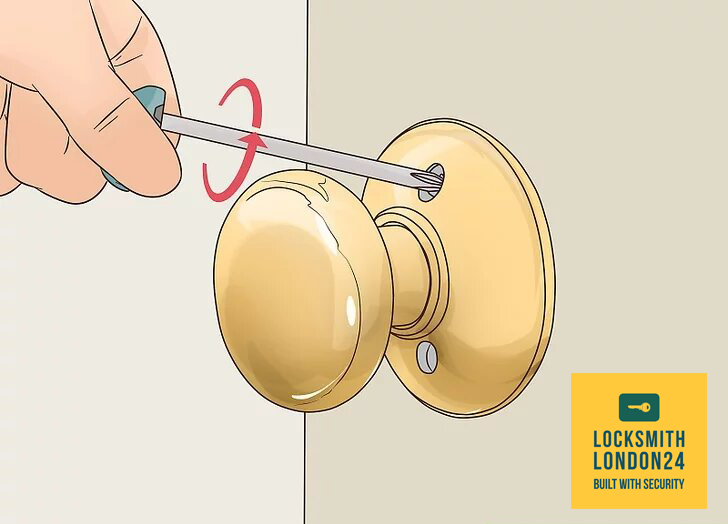
You should be able to see the mounting screws that attach the knob to the door ideally. To take apart the knob, simply unfasten these with your screwdriver. Pull the door knob free and use your fingers to remove the latch.
- You may be able to disengage the lock immediately after removing the knob, or you may need to remove a secondary mounting plate, depending on the type of lock installed in your door.
- Some knobs may just have a single screw that secures it to the spindle to which both knobs are fastened. To take them out, release the screw that connects the metal knob to the door.
3 – With a paperclip, remove knobs that don’t have evident mounting screws.
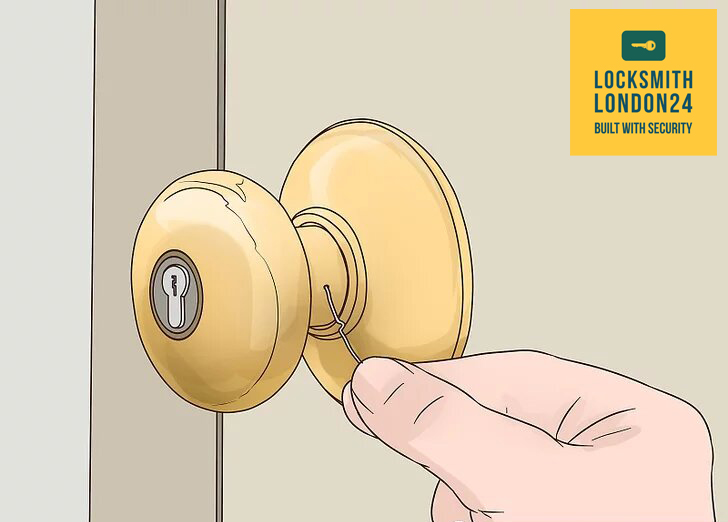
Instead of mounting screws, some knobs contain a pin-size hole in the front of the knob. While twisting the knob and pushing on the door to open it, insert a tiny piece of metal, such as a bent paperclip, as far as possible into the hole.
- Fastening hardware for knobs, such as screws and bolts, may only be accessible from the inside in some cases.
4 – When possible, remove doors from their hinges.
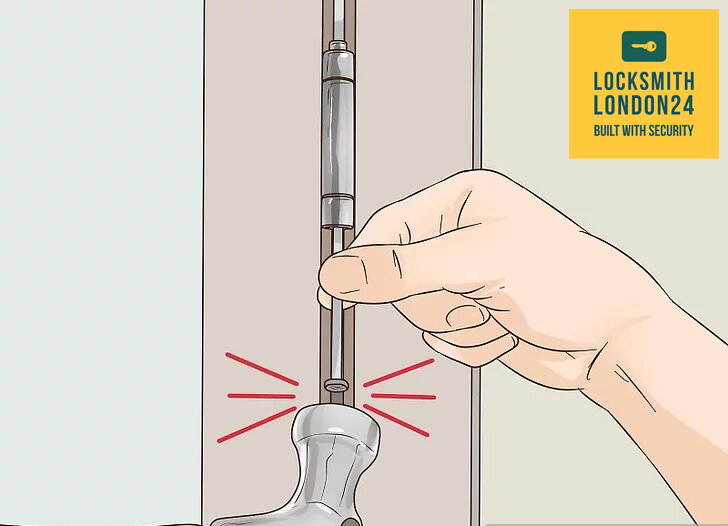
The hinges are frequently the most vulnerable portion of a door, and they can be easily bypassed with just a nail. For a hinge pin, place a nail (or something similar) near the bottom of the aperture. Then, using an instrument (such as a hammer or rock), drive the pin out of the nail. Carry out the same procedure for all hinges.
- Even after being partially pushed out with a nail, the hinge pins may be stubborn when removed. To make removal easier, slide a screwdriver or chisel under the rim of the pin head.
- Doors with well-installed hinge pins, like knobs, may not be accessible from the outside. If this is the case, you won’t be able to simply pop the door off its hinges.
5 – To get access, jump sliding glass doors off their tracks.
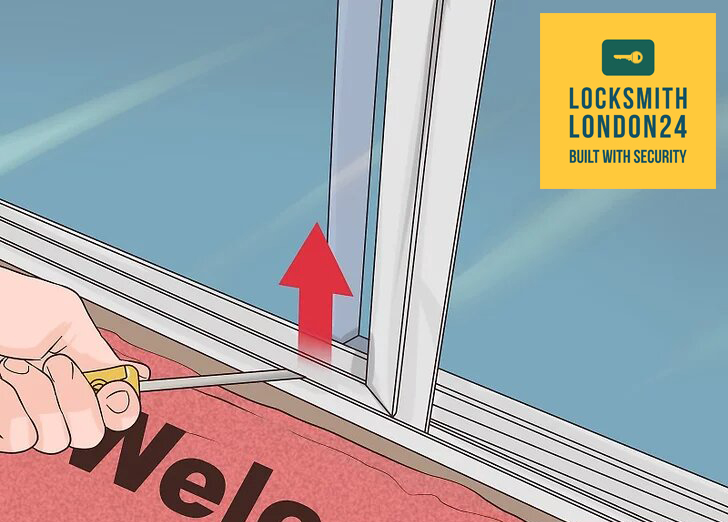
Unlike traditional hinged doors, most sliding glass doors are not directly attached to the construction of your home. Many of them are stuck in a track and can be simply bypassed by jumping the door out of the track.
- A flathead screwdriver (or two) may be able to pry a light sliding glass door up and outward, but a prybar or crowbar will work better.
- When attempting to get your door to leap its track, proceed with caution. It could cause significant damage if it falls.
- You may want to protect your sliding doors with a security bar, such as a wooden dowel, to make them less prone to break-ins.
Approach #4 – Through the Garage Door
1 – Get yourself a wire hanger.
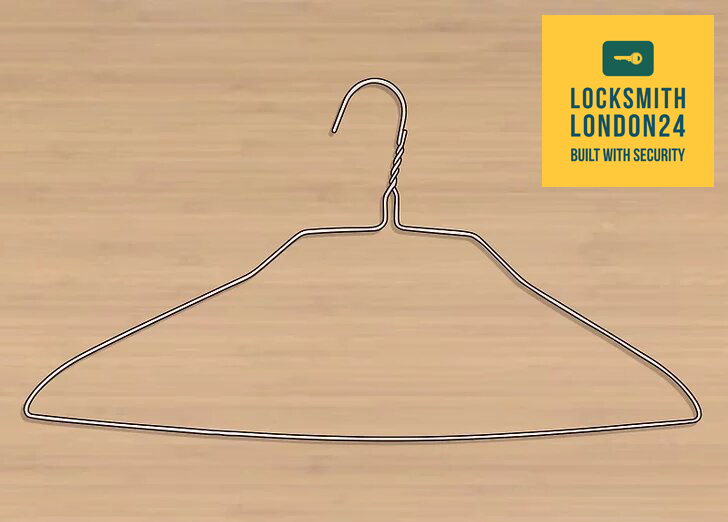
If you don’t have a spare hanger in your car or outdoor storage, you’ll have to travel door-to-door until you find a friendly neighbour who can help you. Any piece of robust, moldable wire will suffice.
- Even small wire used in electrical operations can be doubled to increase rigidity and utilised to open your garage door.
2 – Bend the hanger into a long rod with a hook at the end.
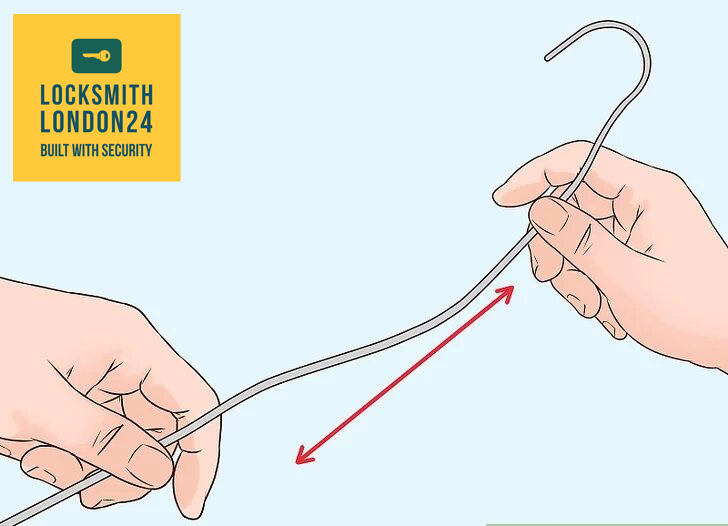
It is necessary for the rod to be as lengthy as feasible. Wrap the non-hook end of your hanger around an extension, such as a branch, if the reach of your hanger is insufficient.
To make the coat hanger more durable, double the wire if possible.
- It’s probable that you’ll only be able to do this if you have a spare hanger or wire.
3 – Through the top of your garage, insert the rod.

This may be impossible in some garages. You should be able to snake in the rod hook-end first if your garage has a gap at the top.
- Although inserting the rod from the sides may be easier, it must be in the centre of the door to disengage the lock.
- If the door has a soft plastic moulding around it, proceed with caution. Inserting your rod between the moulding and the door may result in damage, which is costly to repair.
4 – To disengage the door release latch, hook it and yank it.
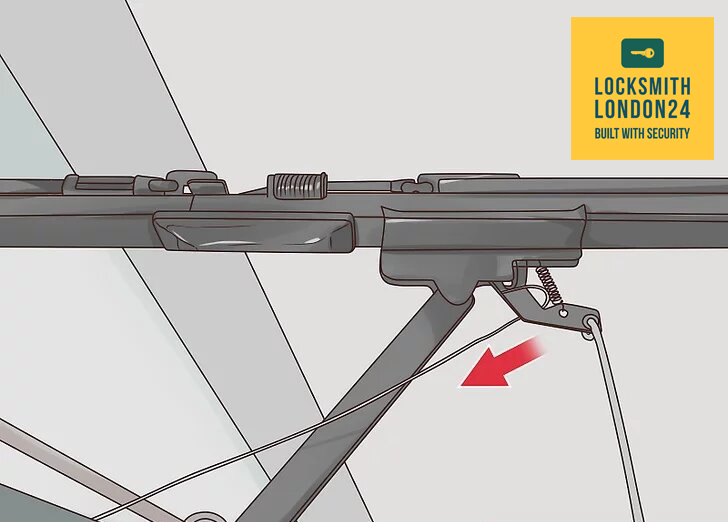
Just below where the opener’s arm links to the garage door track is where the manual release latch is placed. To disengage the latch, manoeuvre the hook around the latch and pull with firm, consistent pressure. You may now open the door by sliding it up.
- A string is linked to many garage door releases, allowing you to pull and disengage the release from inside the garage. When looking for the release, use this string as a starting point.
- Feel along the door’s metal track toward the opener motor if you can’t see into your garage. You’ve discovered the release when you feel a ridge poking out of the track to the rear of the motor.
Approach #3 – Looking for help
1 – Make contact with a friend, family member, or other person who has access to the keys.
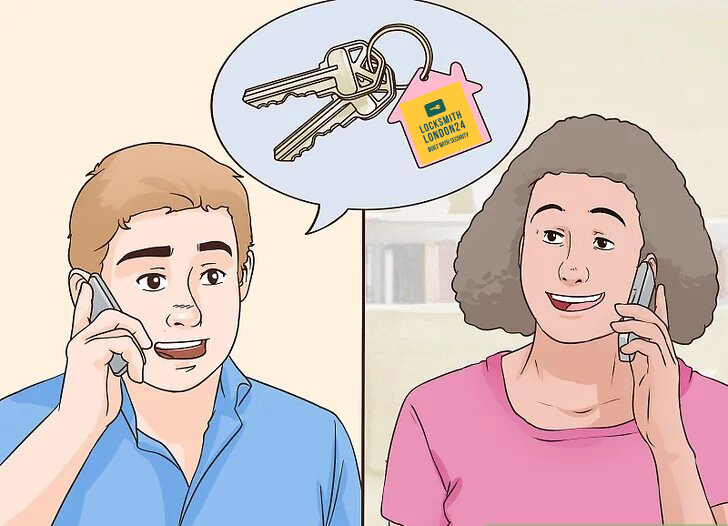
Now is the moment to reclaim any keys you’ve given to a friend, family member, or neighbour. If you don’t have your phone, go to a neighbour and ask them to call a key holder to help you out.
2 – Make contact with your landlord.
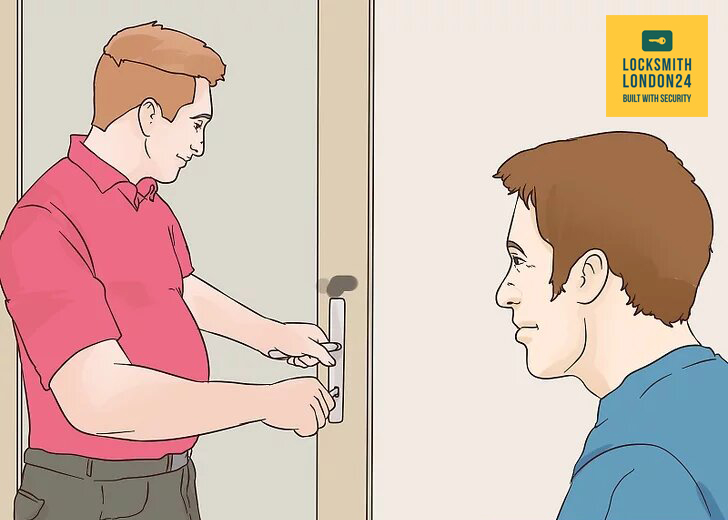
This is usually only used as a last option. It is common for your landlord to charge you a fee to unlock the door. And that’s assuming they pick up the phone. This approach may lead to a dead end if your landlord doesn’t answer or if you can’t find their phone number.
3 – Call a locksmith.
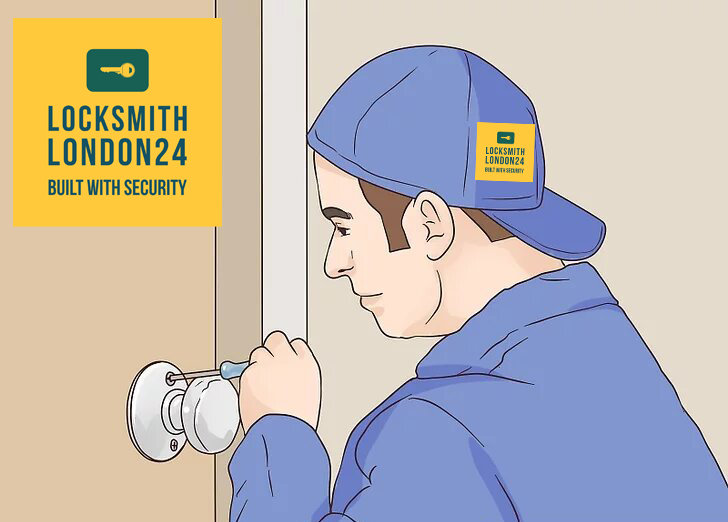
Locksmiths are trained in procedures and equipped with gear that can help you break into your home without causing any damage in the majority of circumstances. A locksmith’s fee varies greatly based on which area you are in London, and can be as cheap as £50 or as high as £120. (or more, depending on the lock)
Locked out of your home, whether it’s a flat/apartment or a business A locksmith can assist with lockouts in apartments, flats, and offices. A locksmith can pick the lock open securely without breaking it if you are locked out of your home, flat, or workplace. Common lockout situations that a locksmith can help with include:
- I’m locked out and don’t have a key.
- Locked out with the key stuck in the lock and the door refusing to open
- In the lock, the key has cracked or broken.
Locks that a Locksmith can Open and Unlock
A locksmith can unlock and obtain access to any sorts of door locks, including the ones listed below:
- Anti-snap locks are included in Euro cylinder locks.
- Latches at Night
- Three-lever and five-lever mortice locks are available.
- Door Locks for Wooden Doors
- uPVC door locks and composite doors have locks installed.
Are you locked out of your house and don’t have a key?
If you’re locked out and don’t have a key because you’ve misplaced or locked your keys inside, you’ll need to call a locksmith right away:
– Are you locked out late at night or early in the morning? Your first choice for opening your door will be a 24-hour emergency locksmith.
- Non-destructive entrance — Getting into your home after losing or misplacing your original keys doesn’t imply breaking windows or ruining pricey doors.
- Master Locksmiths are trained to open and unlock all types of locks, making it simple and easy to get access to a property.
- If you have a lockout or have misplaced the keys to a restricted or suitable lock, our locksmith or the Locksmith London 24 will be able to assist you.
Are you locked out due to a broken lock?
If your door lock is broken or damaged, the locksmith will be able to open it and advise you on how to replace it, as well as upgrade your locks if necessary.
A locksmith can assist with the following tasks because door lock replacement is a specialised field:
- If the lock is broken or malfunctioning, it must be replaced.
- Replacing and installing a new lock
- To meet insurance requirements, upgrading locks to BS3621 is required.
With the key snapped in the lock, I’m locked out.
If your key has snapped in the door lock, the locksmith can remove it and open the door by performing the following steps:
1. Take the key out of the lock (without damaging your lock)
2. Unlock the door and let yourself in.
3. Make a new key that will fit your lock.
Replacement keys are priced according to our key cutting price list, which may be found here.
Please follows us on Instagram.



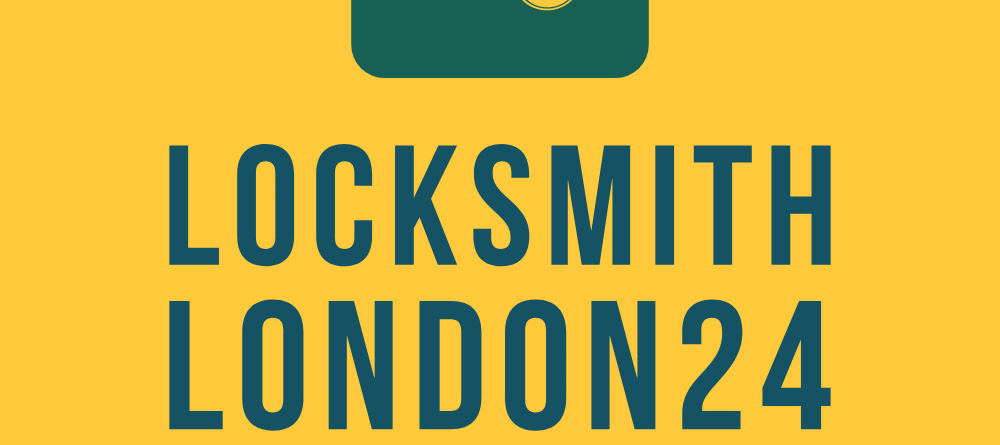
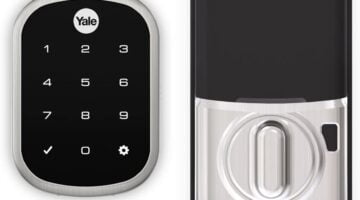
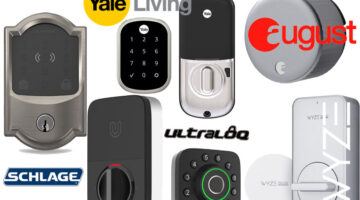

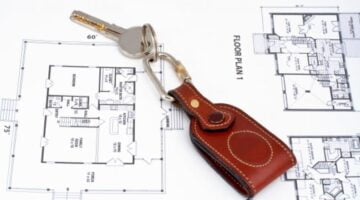

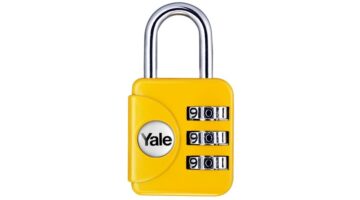


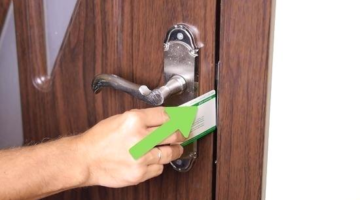
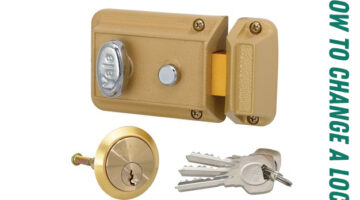
Leave a Reply